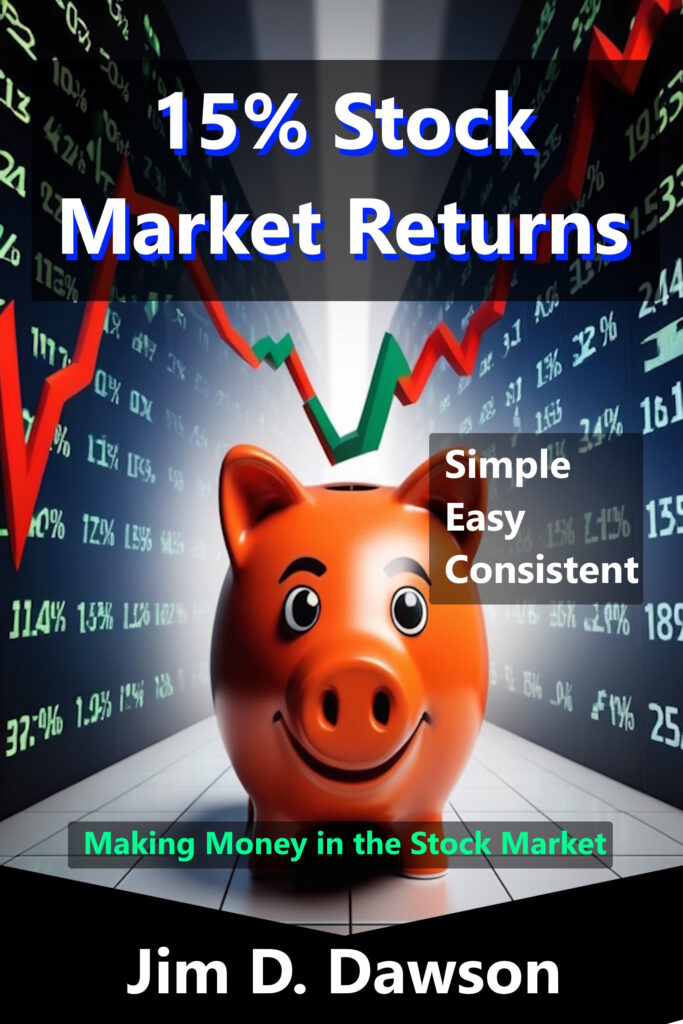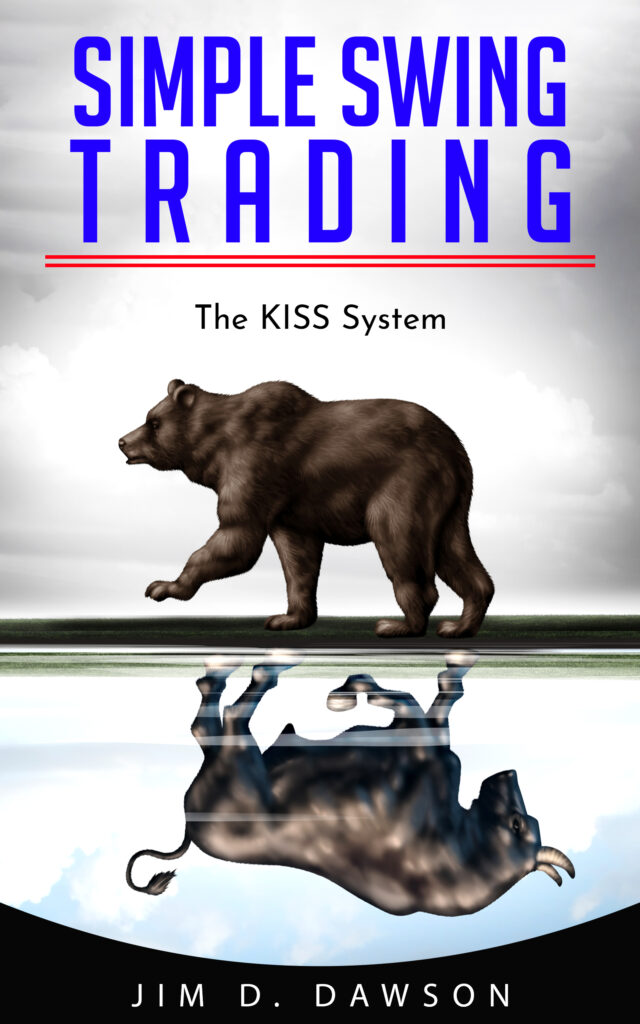I started trading in the early 90’s. Back then information was hard to come by, especially if you were not in the industry. You also did not have sites like Amazon.com where you could easily  search for books to read about stock trading and financial analysis. If you wanted to find a book about the stock market you had to go to the library and use the card catalog and find a book using the Dewey Decimal library classification system. Depending on your age you may not even know what I am talking about.
search for books to read about stock trading and financial analysis. If you wanted to find a book about the stock market you had to go to the library and use the card catalog and find a book using the Dewey Decimal library classification system. Depending on your age you may not even know what I am talking about.
I had seen movies about the stock market and it looked exciting to me. I was confident that it was something I wanted to learn about and could eventually make money doing. My wife worked at a bank that had a securities department that would allow you to purchase stocks. Back then there were not really any discount brokers you either had to use a bank that offered the services or open an account with a major brokerage firm and pay their prices. Since I wanted to pick my own stocks I chose to go the banking route.
I still had the problem of picking what stocks to purchase. Finding out information back then about a specific stock was difficult. Everything wasn’t at your fingertips like it is now. There were a few newsletters you could subscribe to if you could find them. You also had the Wall Street journal and your local newspaper which posted stock prices everyday. I am not even sure if they still do that, it has been so long since I have picked up a newspaper.
Not having much money back then I did not want to pay for a subscription to the Wall Street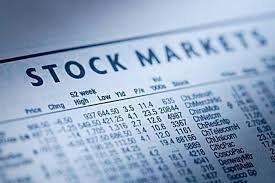 Journal so I would pick up one weekly at a local book store and attempt to educate myself on the markets. I would also examine the local newspaper trying to see some sort of pattern in the huge listing of companies and their relevant price information. Remember I also did not have access to all the free charting software and previous price information that we have access to today.
Journal so I would pick up one weekly at a local book store and attempt to educate myself on the markets. I would also examine the local newspaper trying to see some sort of pattern in the huge listing of companies and their relevant price information. Remember I also did not have access to all the free charting software and previous price information that we have access to today.
After a couple of months of trying to self educate with little or no experience or idea what I was doing I decided the best way to invest was by purchasing stocks that I heard something about and waiting for them to go up in value. Now that I had a system, such as it was, I had to pick the stocks. The best idea I came up with was if I saw a companies name then I could assume other people would see it and want to buy the stock.
The first stock I picked was a company with a local office. Everyday I drove by that office and made the determination that it must be a good company because it was on a main road, the office looked nice and a lot of people seemed to work there. The company’s name was Unisys, stock symbol UIS. If I remember correctly they were trading at about $2.00 per share back then which was great for me since I did not have much money. I made the call to the broker at the bank I was using and bought about 300 shares.
The second stock I picked came to me as I was watching the Sugar Bowl. The Bowl game was being sponsored by USFG and I figured if they had enough money to sponsor a game of that magnitude they must be a good company to invest in. I also figured that since a lot of people were watching the game that others would feel like me and be purchasing the stock soon. I do not remember how many shares a bought but I felt good about my choice.
Now I had my funds invested and the waiting game ensued. I watched the stock prices religiously in the local newspaper. For the most part they stayed the same. I am convinced (although I have not researched ) that stock prices moved much slower and trended better back then. Trading was a much more difficult process with large brokerage firms controlling all the action. Now not only can you trade much more easily as an individual than you could back then using online discount brokers you also must compete with computers trading billions of dollars themselves; I will discuss more of that later.
Eventually I sold those stocks after holding them over a year. I made a small amount of money  on both of them but realized my dream of picking a stock and getting rich overnight might not be possible. There were a number of reasons I rationalized for that. First, with the small amount of money I had to purchase a stock I would have to buy stocks prices at $.05 per share and hope they went up to $10.00 per share. That rarely happens and you are more likely to go broke than make any substantial money trading penny stocks. Do not fall victim to the mass emails taunting penny stocks. Can you get rich that way? Maybe. Will you? Probably not.
on both of them but realized my dream of picking a stock and getting rich overnight might not be possible. There were a number of reasons I rationalized for that. First, with the small amount of money I had to purchase a stock I would have to buy stocks prices at $.05 per share and hope they went up to $10.00 per share. That rarely happens and you are more likely to go broke than make any substantial money trading penny stocks. Do not fall victim to the mass emails taunting penny stocks. Can you get rich that way? Maybe. Will you? Probably not.
Second, I had no idea what I was doing. I knew I needed to learn more about trading and figure out the best stocks to purchase. I needed a plan. That is when I started my education in earnest. I became an avid reader of all books about the market. Over the years I have studied buy and hold, covered calls, options, trend following, too many day trading strategies to list, turtle trading, Elliott Wave, seasonality, candle stick trading, chart pattern trading and too many other things I have probably forgotten myself. As I write this I look around my library and can see well over one hundred books, that does not include some that are probably still in the garage in boxes from my last move. I have also spent thousands of dollars on trading classes for currency, futures, options and stock trading.
The bottom line is there is A LOT of information out there and you can become lost in the desire to learn. Information paralysis is a real thing. Eventually (by the early 2000’s) I decided options were the best way for me to take advantage of my limited funds and use other strategies I like to pick the stocks. During that time period online trading was becoming available, access to online data about stocks and free charting was becoming readily available which really kick started my ability to successfully trade.
Just in case you do not know what an option is I will briefly talk about them. My trading is  heavily reliant on them so you must understand them. If you still do not understand them after you read this book I suggest you search online until you are 100% familiar with them and their uses. Keep in mind you must always understand the risks with an option. You could lose more than you have invested if you trade higher risk strategies.
heavily reliant on them so you must understand them. If you still do not understand them after you read this book I suggest you search online until you are 100% familiar with them and their uses. Keep in mind you must always understand the risks with an option. You could lose more than you have invested if you trade higher risk strategies.
A couple of definitions before we start:
Option – right to buy or sell a stock at a specific strike.
Strike – the price which a stock can be purchase or sold.
Call – the right to buy a stock at a given price. You can sell a call also but ignore that for now.
Put – the right to sell a stock at a given price. You can sell a put also but ignore that for now.
Time Value – the amount of the options price that is based on how much time is left before the expiration of the option. Some options have just time value and other have both time and intrinsic value.
Intrinsic Value – the amount of the options price that represents ‘in the money’ value of the stock. If you purchase a Call option with a strike of $15.00 for $1.15 and the stock is currently trading at $15.50 then $.50 of the $1.15 option price is intrinsic value and $.65 ($1.15 – $.50) represents time value. If the option expires at exactly $15.50 then you option would still be worth $.50 but the time value of $.65 would be gone.
Basically a stock option is the right to buy (CALL) or sell (PUT) a stock at a specific price. Let’s say GE is trading at $36.50 today and you believe it will go up but can’t afford to purchase very many shares of GE at 36.50. If you wanted to purchase 200 shares that would cost you $7,300.00. You could purchase the right to buy GE at $36.50 a month from now by purchasing a CALL option for $.70 per share. Options are sold in contracts of 100 shares per contract. Therefore, you could purchase the right to buy 200 shares of GE by purchasing 2 option contracts at $.70 per share. It is VERY important that you remember to only purchase 2 option contracts, not 200. Those 2 option contracts will cost you (200 * $.70) $140.00. So you now control $7,300.00 worth of GE stock for $140.00. Since GE is trading right at the contract strike price (36.50) if you hold the option until expiration the stock would have to be trading at $37.20 for you to break even. Why? Because in order to take ownership of the stock you would have to pay $36.50 per share which is $36.50 * 200 which equals $7,300.00. In addition remember you paid $140.00 for the option so your total expenditure is $7,300.00 plus $140.00 or $7,440.00. You can divide that by the number of shares (200) to get a break even price of $37.20. The most you can lose on this trade is the price of the calls you purchase or $140.00 using options. If you purchased the stock you could lose $7,300.00 if it went to $0.00.
Stock Price: $36.50 200 Shares $7,300.00
Option Price: $ .70 200 Shares $ 140.00
Break Even: $37.20 200 Shares $7,440.00
As you may have noticed you could have also just added the strike price of the option $36.50 to the price of the option $.70 to get the break even point. I was not trying to make it more difficult just to make sure you understood the math behind it.
A PUT option works in a similar fashion but it gives you the right to sell a stock at a given price instead of purchase it. A simple examine using GE from above let’s assume you think the price is going down instead of up. If you wanted to short (selling stock you don’t own) you would probably need $7,300.00 in your account to cover the short position assuming your broker allowed you to short stocks. The other way to do this would be to purchase a PUT option at a strike of $36.50 for about $.65 with an expiration one month away. You end up with the same position as if you shorted the stock but instead of risking $7,300.00 ($36.50 stock price* 200 shares) you are only risking $130.00 ($.65 option price * 200 shares). Please remember to purchase 2 contracts, not 200. In order for you to break even at expiration in a month the stock out have to be trading at $35.85 ($36.50 strike – $.65 option price). I just used the simple calculation this time for you. It is important to understand the long calculation I used earlier so you can take into effect commissions.
You can also sell CALLS and PUTS which I will discuss later but those have increased risk.
You can buy and sell Calls and puts ‘in the money’, ‘out of the money’ or ‘at the money’. When 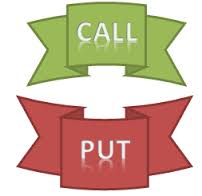 we purchased our GE Calls or Puts at a $36.50 strike with the underlying stock trading exactly at $36.50 that was ‘at the money’. What that means is we were paying for time value only. With ‘at the money’ and ‘out of the money’ options you are just purchasing (or selling) time value.
we purchased our GE Calls or Puts at a $36.50 strike with the underlying stock trading exactly at $36.50 that was ‘at the money’. What that means is we were paying for time value only. With ‘at the money’ and ‘out of the money’ options you are just purchasing (or selling) time value.
If we had purchased our $36.50 Call when the stock was trading at $37.00 then $.50 ($37.00 -$36.50) would be the amount the option was ‘in the money’. $.50 would be our intrinsic value and the rest of the option price would represent time value.
You can find a lot more information online about what options are and how they are priced. I will get into some of that later but this is not a book on option pricing models. If you really want to get into that there are many good reference tools out there.
As you may have guessed, I primarily trade options. But I do it in a wide variety of ways. In this 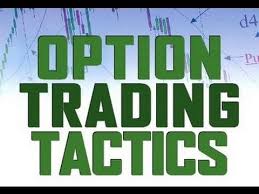 book I am going to discuss my favorites and how I use them. Two of my favorite trading strategies are a variation of covered calls and condors. When I trade covered calls I do not just buy a stock and sell a call option on it. Sometimes I simulate a long position by purchasing a call which increases my overall purchasing power and then sell calls against this position. I also include a variety of hedge trades in my covered call ‘portfolio’ which can increase or protect my positions. As I write this in November of 2016 my ‘covered call portfolio’ of trades is currently averaging a 1.16% weekly return. If that holds for the year it would be a about a 60% return. Truthfully that yield will go down by the end of the year because I have some unrealized losses I have not taken. I hope to finish with at least a 35% return this year when the dust settles.
book I am going to discuss my favorites and how I use them. Two of my favorite trading strategies are a variation of covered calls and condors. When I trade covered calls I do not just buy a stock and sell a call option on it. Sometimes I simulate a long position by purchasing a call which increases my overall purchasing power and then sell calls against this position. I also include a variety of hedge trades in my covered call ‘portfolio’ which can increase or protect my positions. As I write this in November of 2016 my ‘covered call portfolio’ of trades is currently averaging a 1.16% weekly return. If that holds for the year it would be a about a 60% return. Truthfully that yield will go down by the end of the year because I have some unrealized losses I have not taken. I hope to finish with at least a 35% return this year when the dust settles.
I made changes to my trading strategy in 2016 with my covered calls which so far have increased my returns. In 2015 I finished with about a 24% yearly return and in 2014 I was at just over 27%. One reason my returns are higher than you would expect is because of my hedge trades and my Diagonal Calls which increase my rate of return as compared to a traditional covered call strategy. In previous years my returns are not as good because I used a more traditional strategy or because I made bad stock choices. However, I am not trying to sell you a system; I just want to teach you what I learned through trail and error.
One other thing I would like to point out is there are two types of options now available for trading. Weekly options which as the name implies expire weekly, every Friday. The other type of option is a Monthly option which expires the third Friday of each month. I prefer to trade weekly options when I can because I like the shorter term. However, certain of my strategies require monthly options like condors and selling naked puts. As you learn my systems you can decide which you are more comfortable with and tailor your trading to how much trading you want to do. One big disadvantage to trading more often is the increased commissions you have to pay.
Contact us at: jdawson@trade4profits.com

